As an unusually complete example of a 13th century medieval parish church, St Mary’s Church in Flowton is comprised of a nave, chance, south porch and west tower. Furthermore on the south side of the sanctuary is a great rarity: the piscine that formerly served the altar. It retains its original credence shelf. Another unusual feature in the church is the tower door that is fitted in the south wall. St Mary’s Church, Flowton is listed as a Grade 1 heritage asset with Historic England.
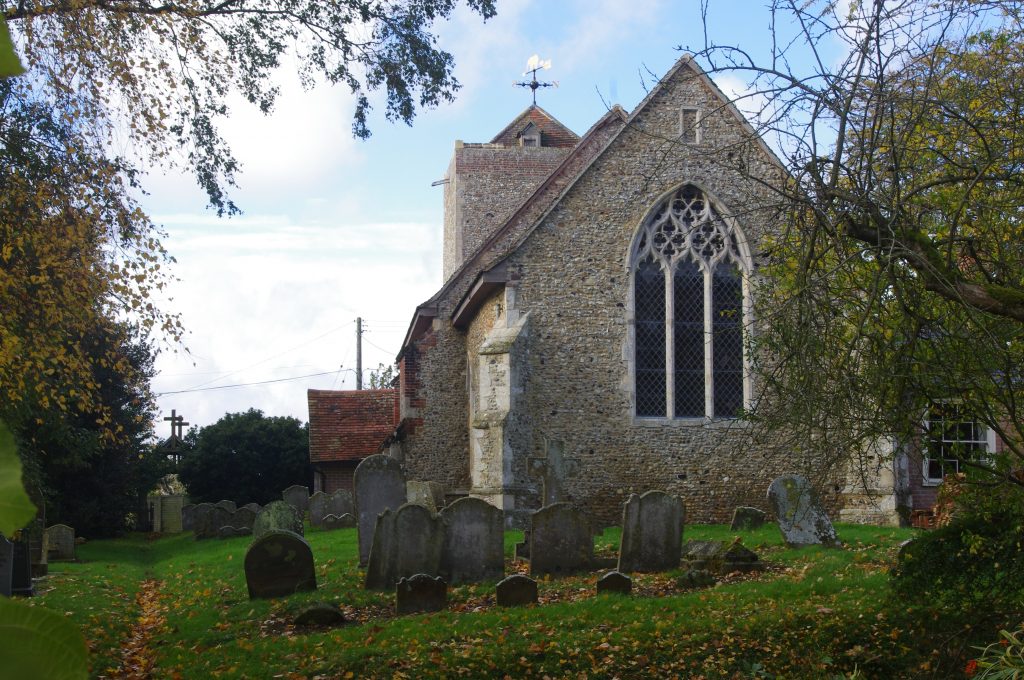
One of the main attractions of the church to visitors is it’s setting. The church sits on quite high ground, and this affords it beautiful views across the open and undulating historic countryside. Visitors can sit in the churchyard to eat some food and enjoy the views at the same time, and is regularly used by cyclists on the Sustrans National Cycle Route which passes by on the road right in front of it.
However the setting of this Grade 1 listed heritage asset is now under threat from the Enso Energy solar application. Enso Energy haven’t supplied any photomontages of what the impact would look like from the church, so we’ve contacted a graphic artist to do it. Enso have submitted a photomontage looking at this field, albeit from a less intrusive angle, so our graphic artist had a good basis for comparison. There is also likely to be some occasional glare from the panels as they move throughout the day, but when isn’t entirely clear in the documents submitted by them.
Use the slider in the middle of each photo below to see the before and after. Before photos are on the left, and after photos on the right.

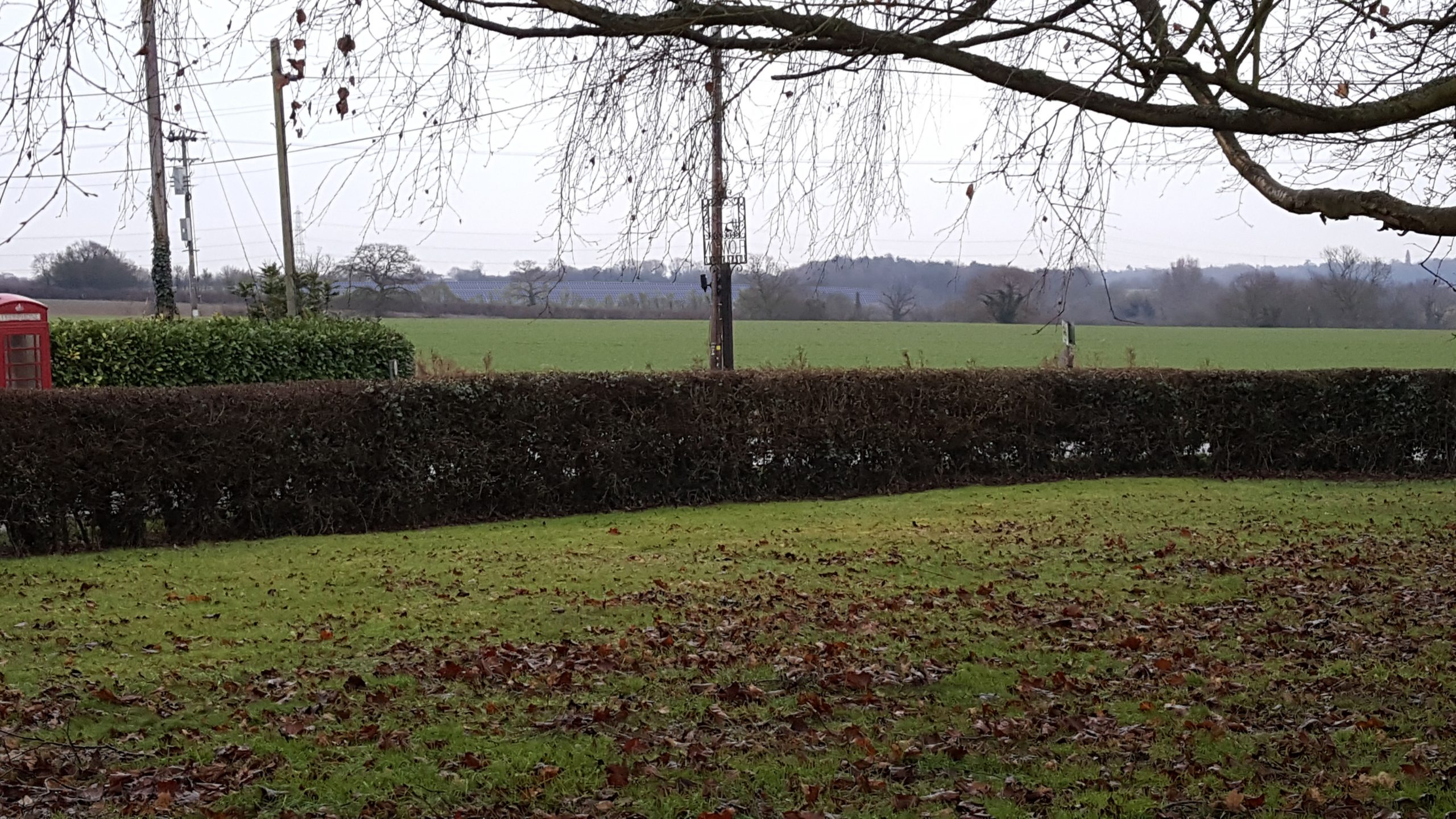
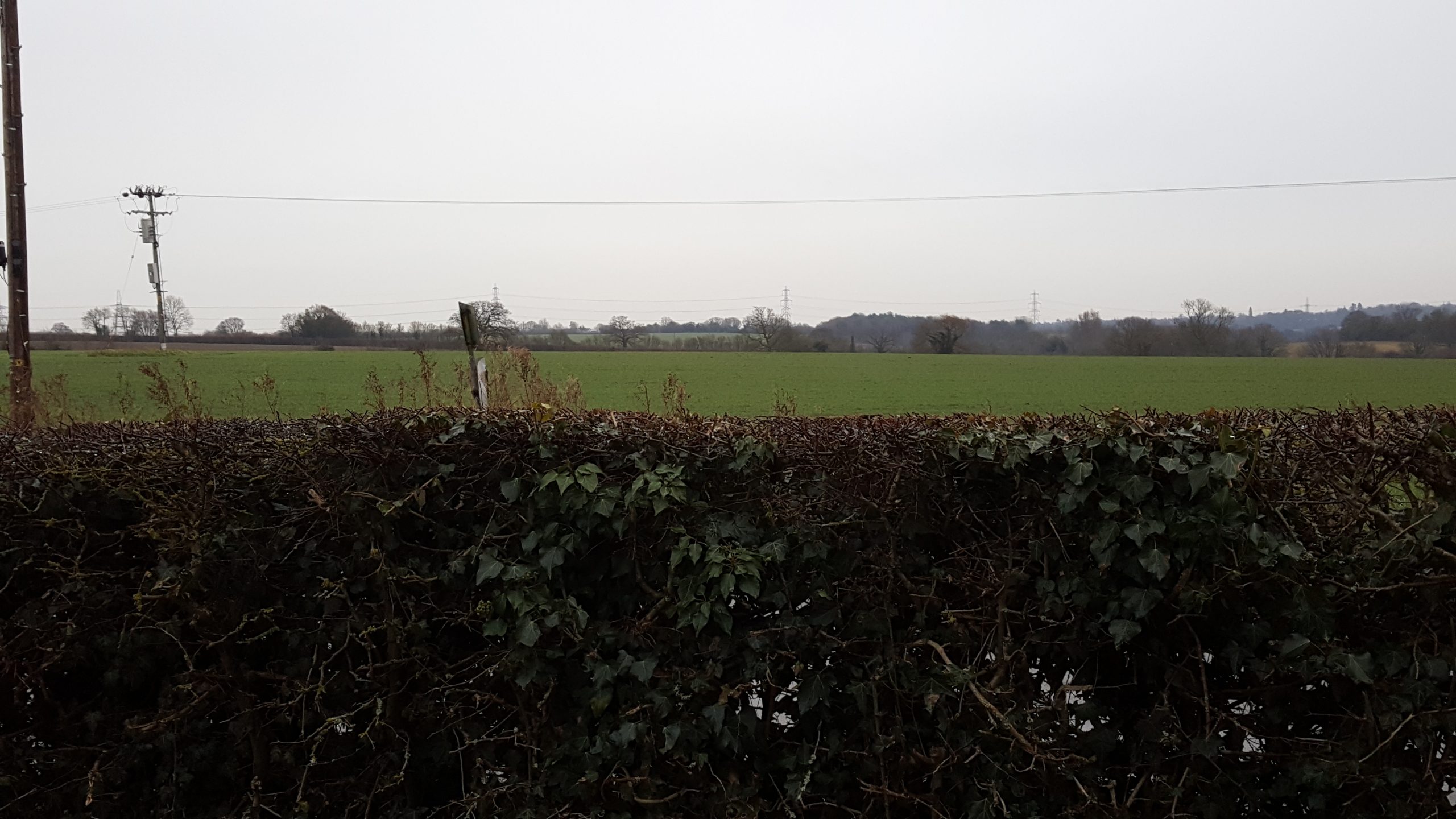
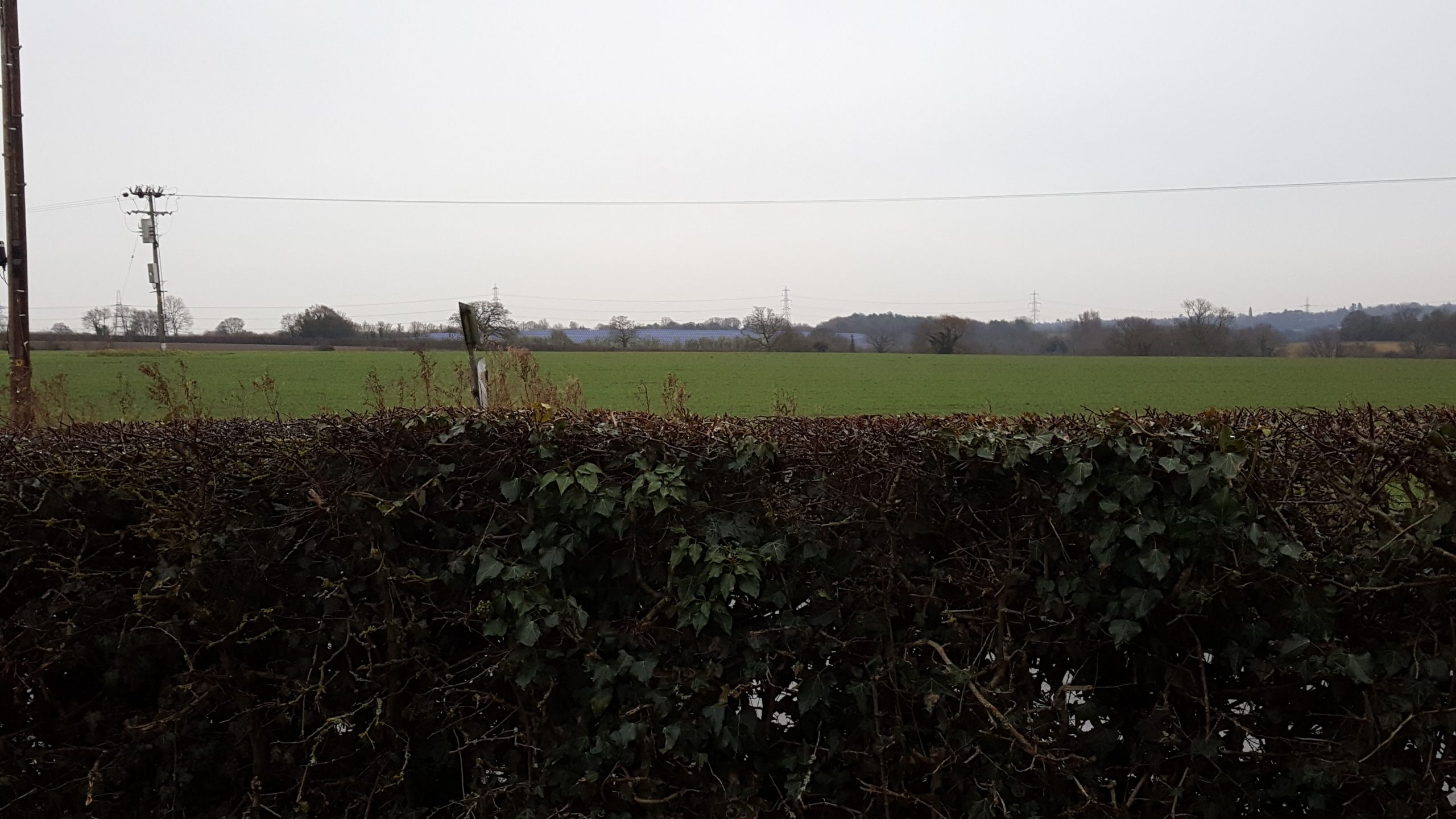


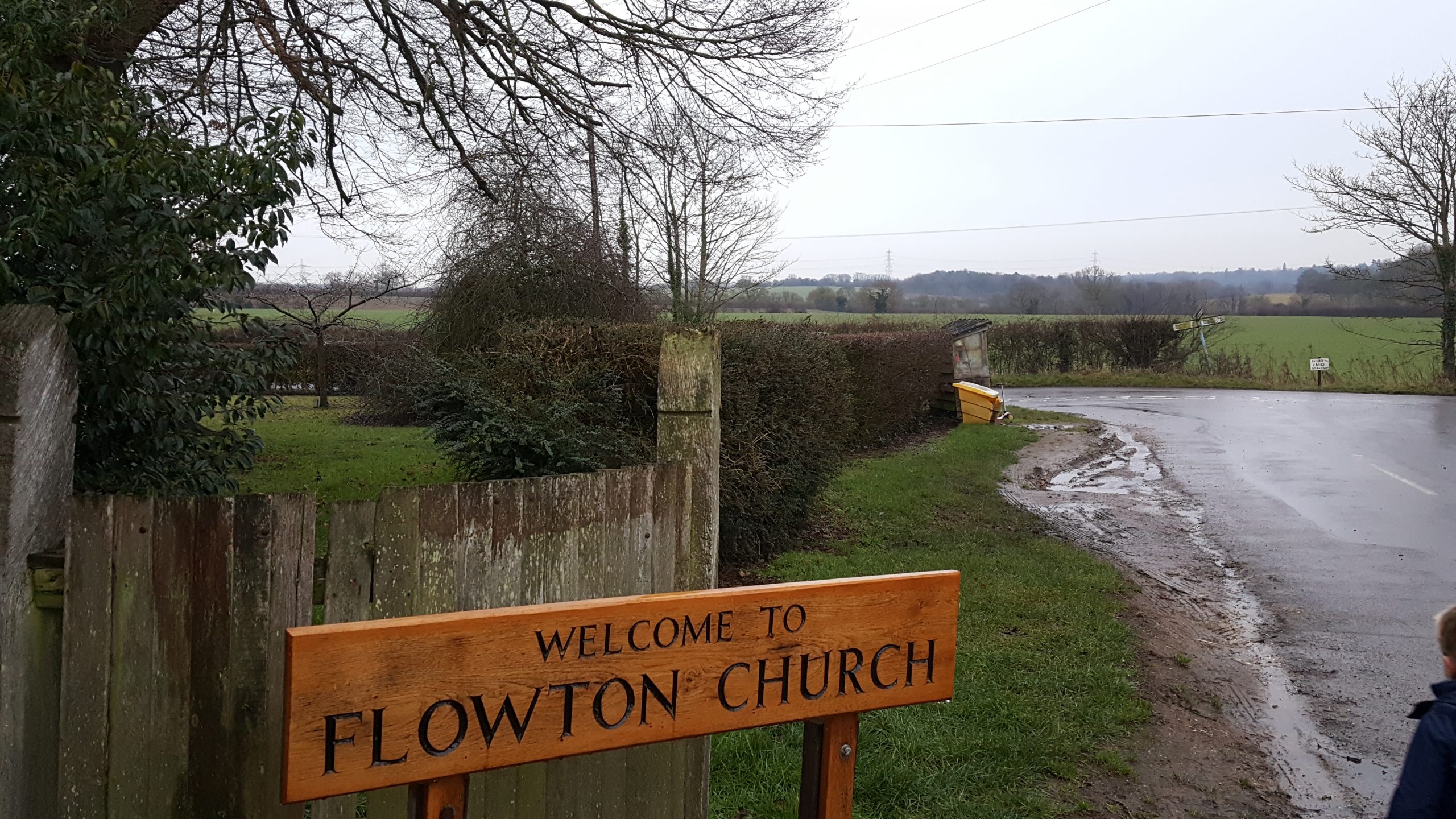
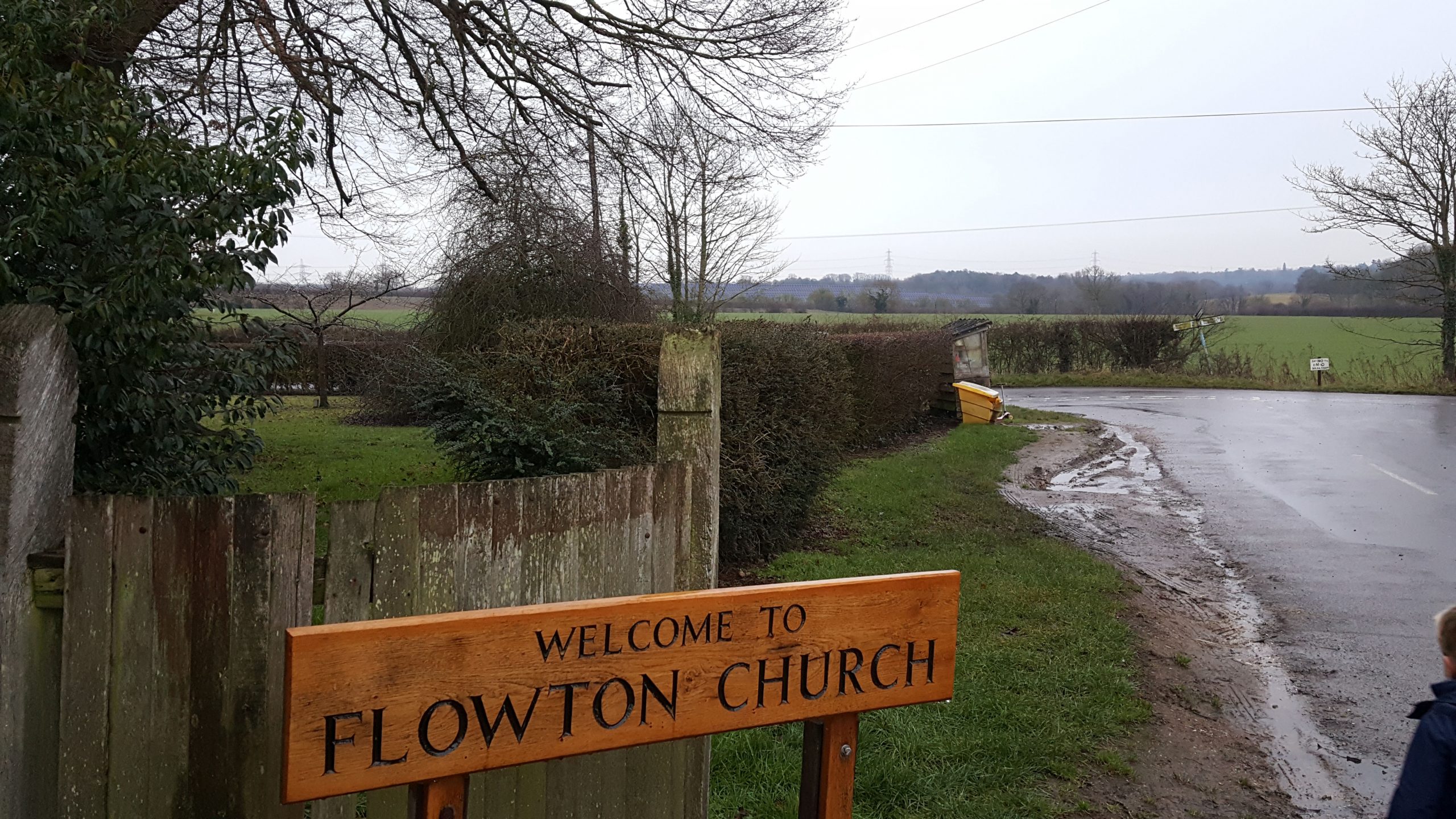
Every year since the late 1990’s Flowton has held a weekend flower festival in the church, and every four years an Open Garden event alongside it around the village. These events attract hundreds of visitors and raise vital funds to maintain the church building, with 10% of funds being donated to local charities. Lunches and cream teas are always served, and even when the weekends have on occasion been dripping wet people still come to have lunch and tea whilst and dodging in and out between showers to visit the gardens. The overriding comments made by the visitors are that they love to come to Flowton because it is just so beautiful and they adore the views. The last event in June 2019 raised £5000, with 10% donated to FIND.
Every September the Suffolk Historic Church Sponsored Cycle ride participants call at the church to have their sponsorship forms verified. On one particularly wet Cycle ride day a group of about 30 mature cyclists from Holland asked it they could shelter in the church to eat their packed lunch. They come to UK every year and alternate their starting place. This particular year they had started their journey in Edinburgh and were on the last lap to Harwich to get the ferry home. They were very impressed that we had the church history translated into so many languages!
Despite being specifically asked by Heritage England to fully assess the impact on St Mary’s Church, as well as other listed buildings within a 1km area of the site, Enso Energy haven’t done so. They claim that because it is further than 250m from the site they aren’t going to fully assess it, nor any other listed building further than 250m from the site.
If you’d like to learn more about St Mary’s Church from a visitors perspective we recommend this article.
Flowton church also boasts a ‘mass dial’ on its south-facing external wall. This is an early form of sundial scribed into the stonework in the form of a circle with a series of radial lines in the lower half. A simple stick would have been inserted horizontally into the central hole to cast a shadow. It would originally have been painted to emphasise the lines. It would have indicated the times of the masses so that the priest could ring the bell. They existed over a long period from the 11th to the 15th or early 16th centuries and so it is very difficult to date individual examples.